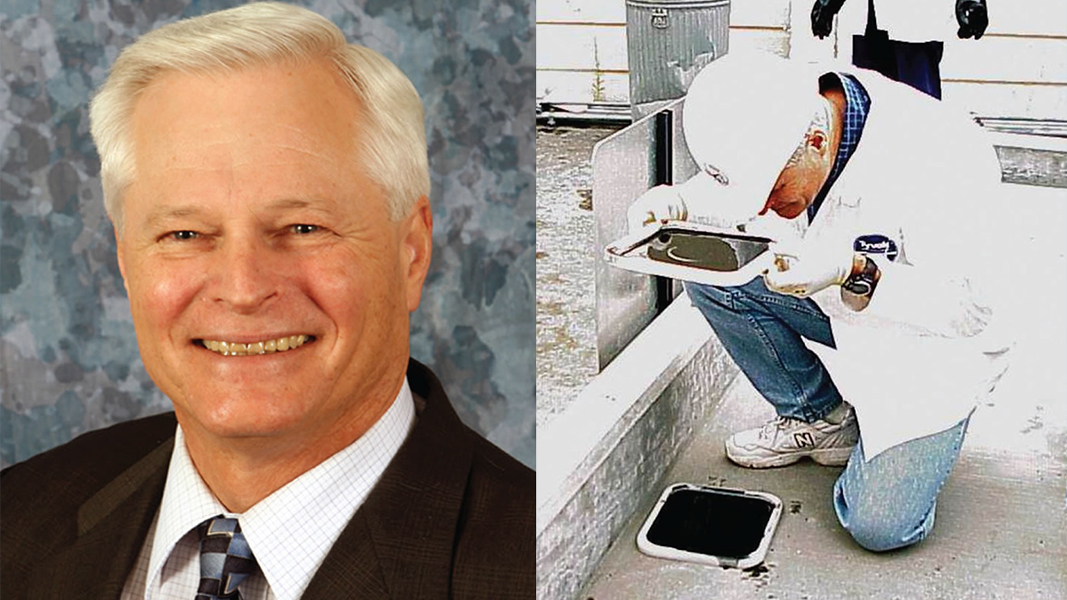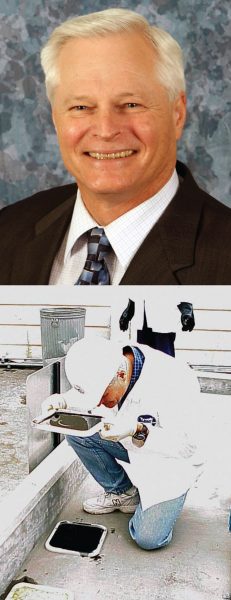Roger Tim Haug, PhD, Emeritus Professor, Loyola Marymount University
BioCycle July 2019
In 2018, Tim Haug got in touch to request photos of Dr. Clarence Golueke and Jerry Goldstein for his upcoming book, Lessons In Environmental Microbiology. “Both Clarence and Jerry influenced my life and career and I want to honor them,” wrote Haug. “They both occupied unique positions in the story of composting. Clarence carried the scientific torch for composting and organics recycling at a time after World War II when no one really cared. His scientific work in that period was the springboard that allowed things to move forward when interest did finally blossom.” Similarly, Haug served that role for compost engineering, as captured in his seminal 1993 publication, The Practical Handbook of Compost Engineering (CRC Press). Haug started his career as a full-time consulting engineer, primarily focused on wastewater treatment, biosolids management, and composting. He joined the Bureau of Engineering, City of Los Angeles in 1990 to manage the capital improvement program for the City’s wastewater treatment plants. In 1999, he became Deputy City Engineer and Wastewater Program Manager. Haug retired from City service in 2010 and is now Emeritus Professor of Civil and Environmental Engineering at Loyola Marymount University, where he continues to teach his favorite course, Environmental Microbiology.
Haug has always been a “go-to” resource and advisor to BioCycle, and is widely quoted in many of our technical articles on the science and engineering of composting. Here are a couple of gems:
• “Feed conditioning — preparing the feedstocks that are going to be used in the composting process — is the most important step that an operator of a plant does. Almost everything that happens, once the operator mixes the substrates together, is determined by this feed conditioning process.”
• Adding microbes to fresh incoming feedstocks to “accelerate” composting was advocated by Haug about 40 years ago, if not earlier: “Compost product can be recycled and used to condition the feed substrate.”
• “The point to remember is that composting is a heat engine and you need to make sure you have enough energy to do the job. With wet substrates, that is extremely important. Conversely, with energy rich material, the major thing to do is add water.”
— Nora Goldstein, BioCycle
Continue reading
















